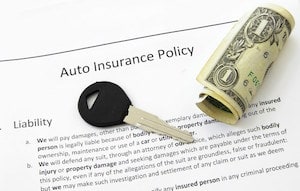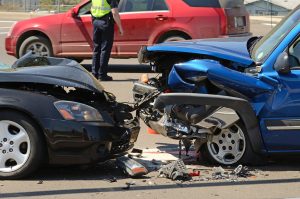If you were injured in a traffic collision anywhere in California, one of the most important documents you will rely upon is the traffic accident report—often called the police report, collision report, or CHP 555. Insurance companies, lawyers, courts, and investigators treat this report as the foundation of any claim involving a motor vehicle crash. Yet most people have no idea what is actually inside these reports, how to obtain them, why they matter, or how they can be used strategically in a personal injury case.
This in-depth guide explains everything California accident victims should know about traffic collision reports—how they’re created, how to read them, how to avoid common pitfalls, and how an experienced personal injury attorney like Steven M. Sweat can use these reports to protect your legal rights and maximize your compensation.
 California Accident Attorneys Blog
California Accident Attorneys Blog






